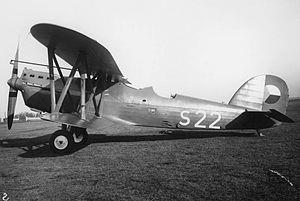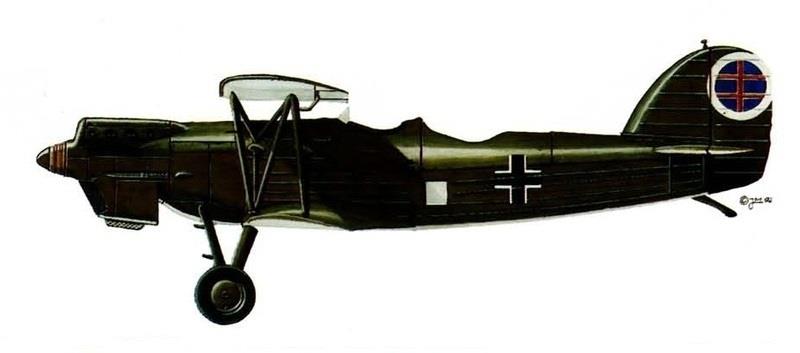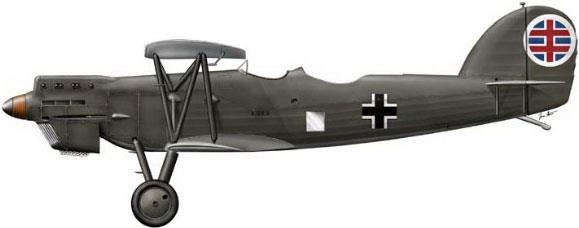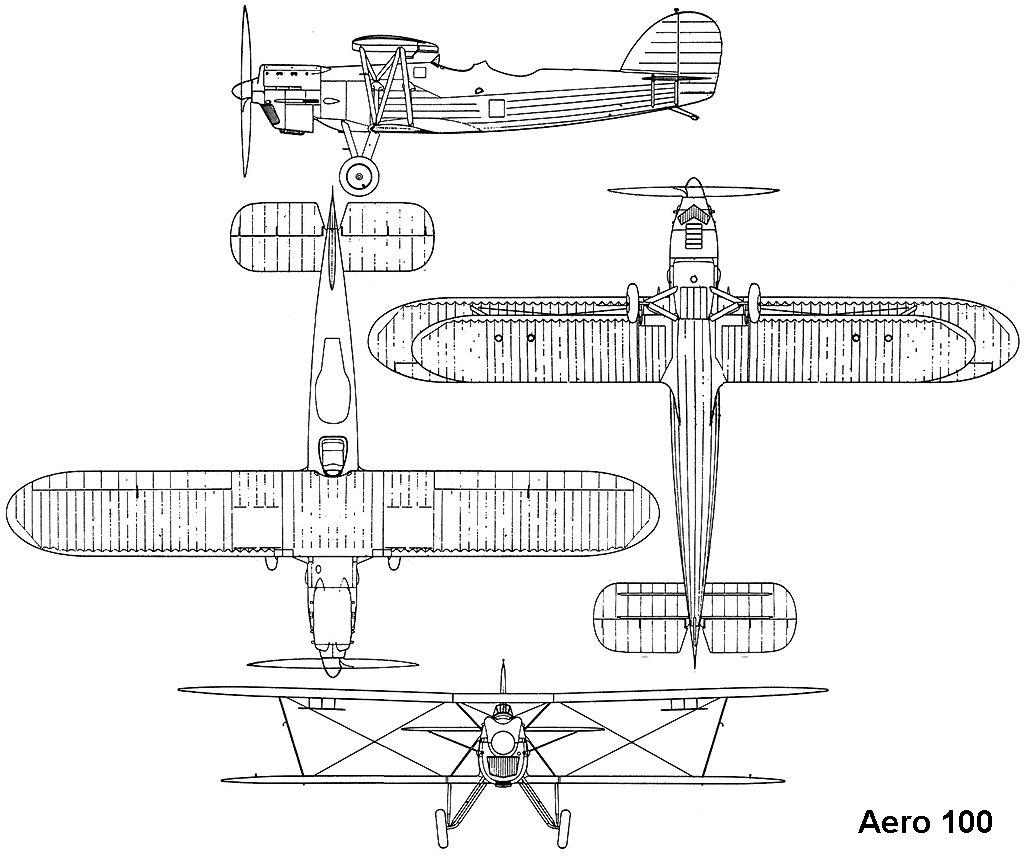| Type |
2-seat light bomber and reconnaissanc aircraft |
| Engine |
1 Avia Vr 36 |
| Dimensions |
Length 11,08 m, height 3,60 m , span 14,70 m , wing area 44,3 m2 , |
| Weights |
Empty 2040 kg, loaded , max. take off weight 3219 kg |
| Performance |
Max.. speed 270 km/h, cruising speed , range 900 km, endurance , service ceiling 6500 m , climb 4,2 m/sec. |
| Armament |
2 forward-firing 7.92 mm vz. 30 (Česká zbrojovka Strakonice) machine guns 2 7.92 mm vz. 30 (Česká zbrojovka Strakonice) machine guns in a ring mount for the observer
Bombs: 600 kg |



